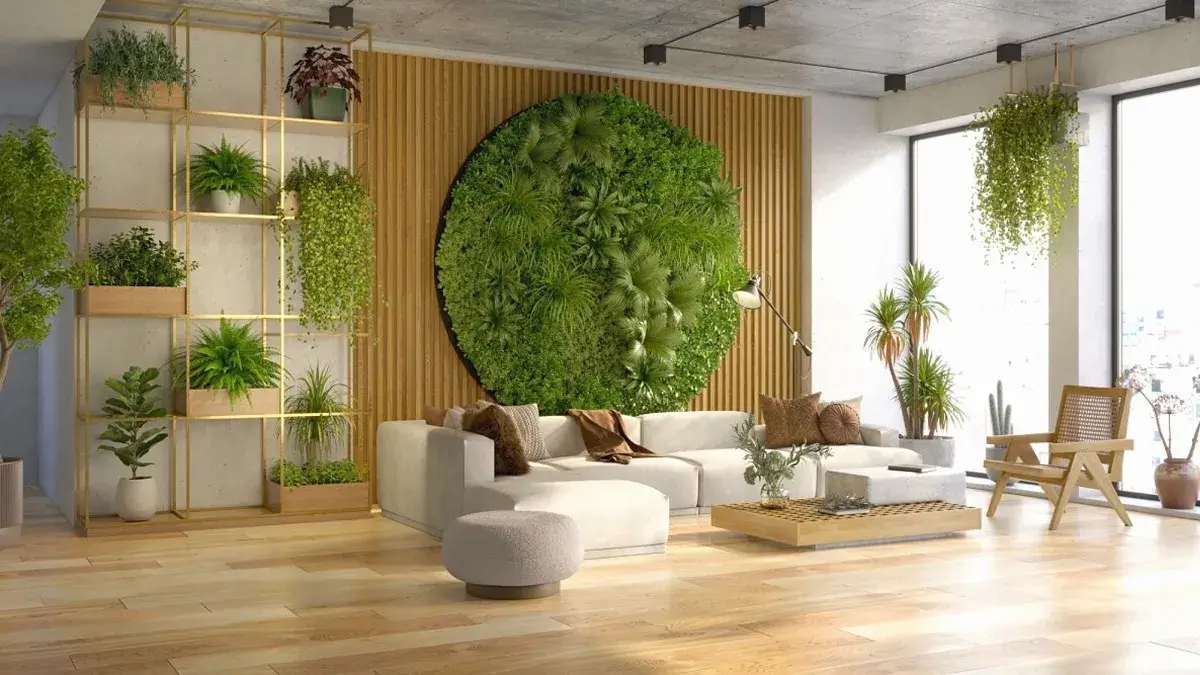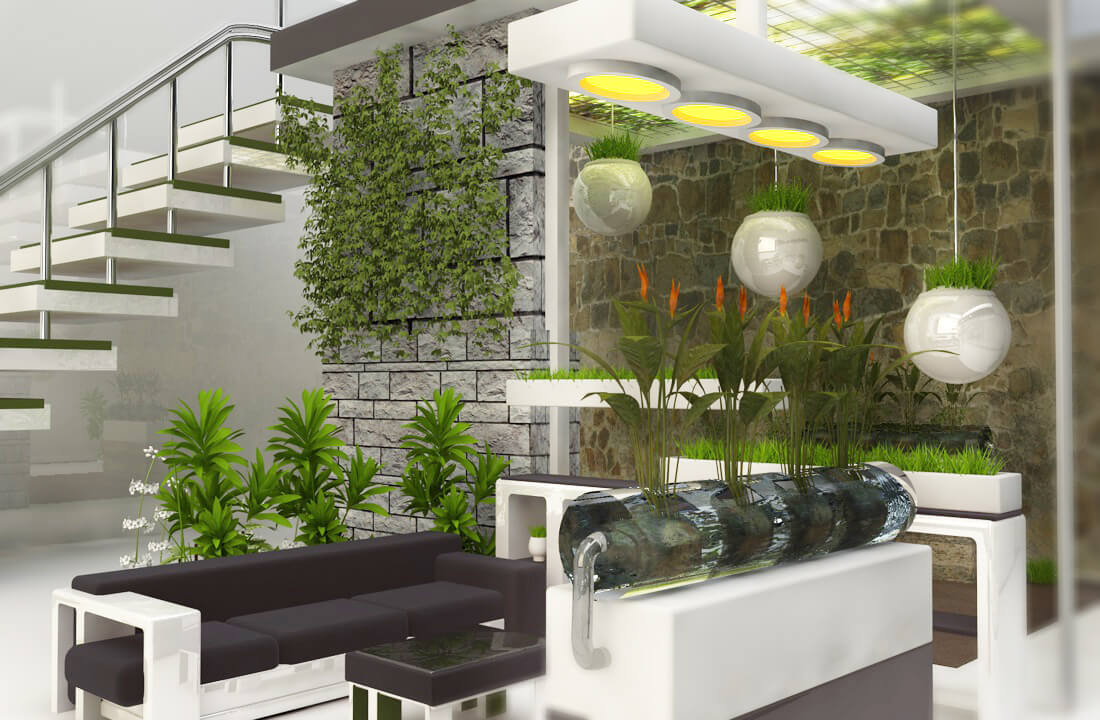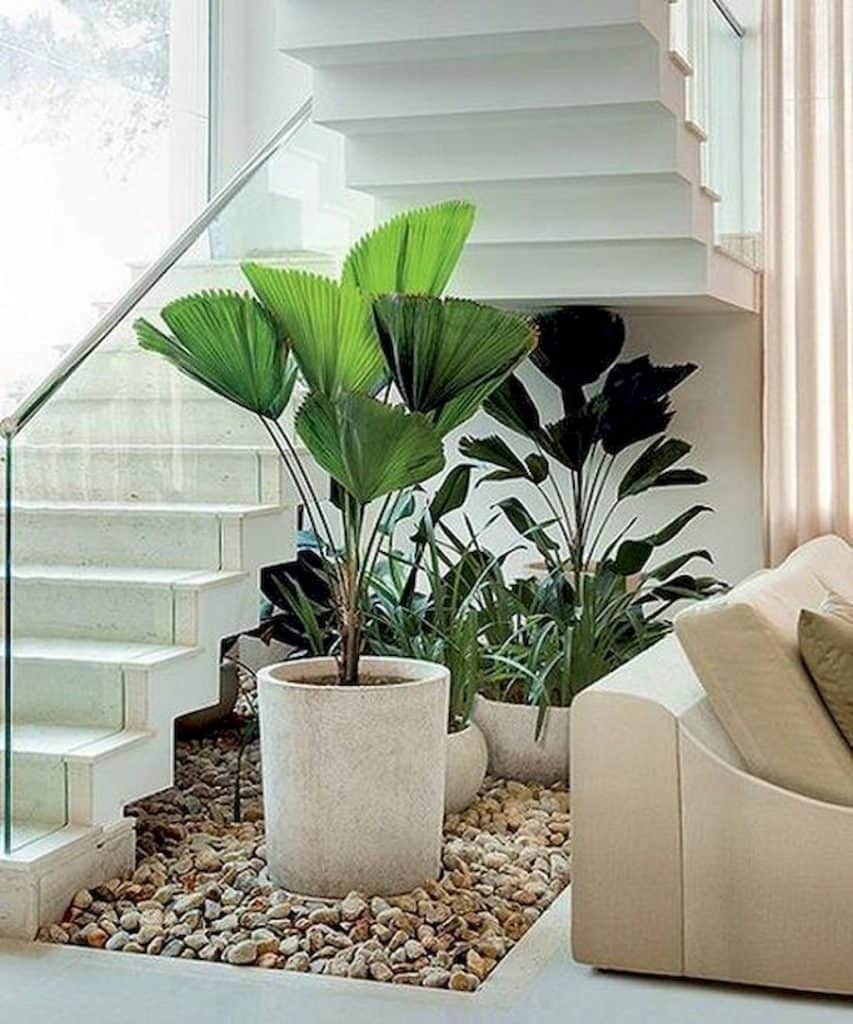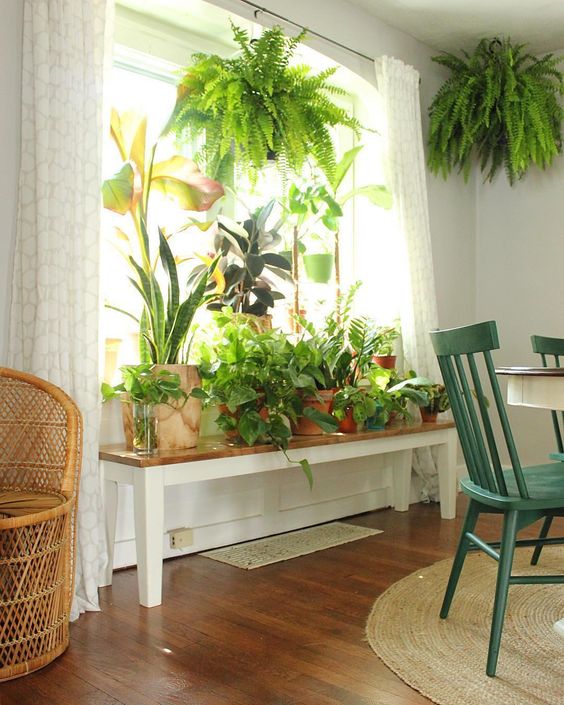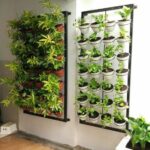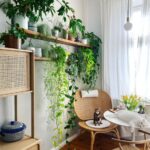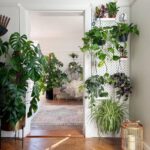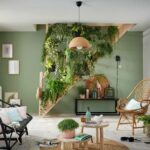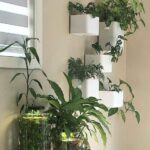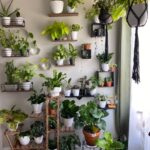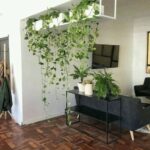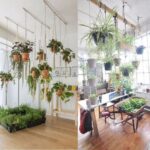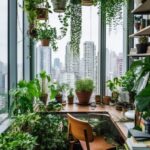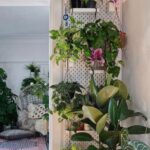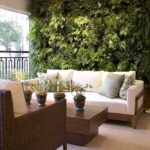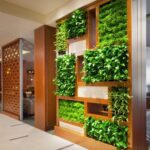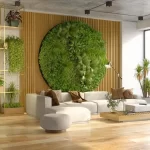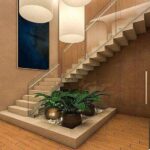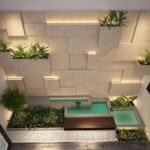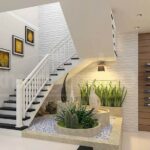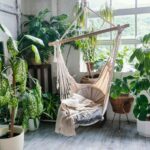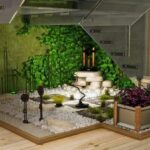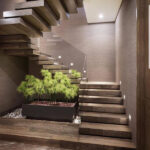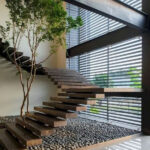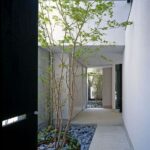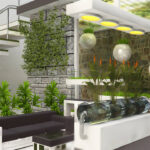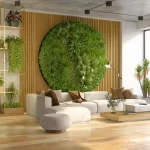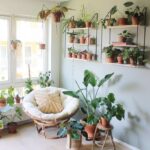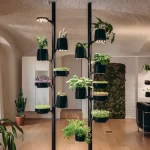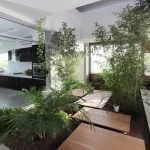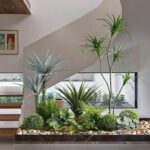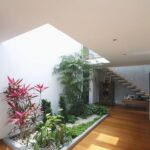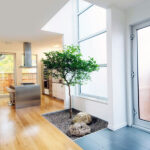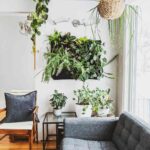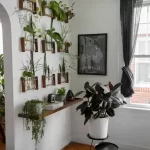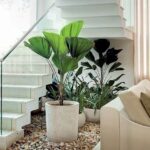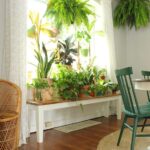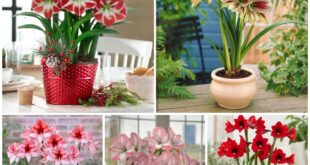As the colder days quickly approach and our nights grow shorter while our days grow shorter as we bundle up with more and warmer clothing, there is nothing that makes a room more beautiful and takes our minds off the coming snowpocalypses than nature to bring inside.
One of the biggest trends in interior design and architecture is the creation of indoor gardens and green spaces full of bushes, foliage and water systems. The combination of these beautiful postmodern gardens with an industrial space is sparking a new wave of interior design combinations.
The trend in the interior design industry moving forward makes it possible to create spaces that are beautifully decorated and resemble a very personal oasis. Whether you have a fully equipped industrial loft with cement floors and exposed air ducts or a naturalistic abode full of bamboo and balsa wood, beautifying your space with all natural accessories is very trendy.
Why not go crazy and make the house a garden sanctuary?
When you decorate your home with hedges, fresh bamboo, orchid gardens and all kinds of plants, you create a beautiful environment and forget that you are surrounded by city lights, fast approaching cars and a cacophony of sirens and screaming babies. Zen gardens decorated with Shinto shrines, sand pits and rock gardens add a nice little exotic touch between East and West.
What would a room with an interior garden area be called?
A room with an indoor garden area may be called a “greenhouse room”, “indoor garden room”, “plant room”, “botanical room” or simply a “garden room”. This type of space is designed for cultivating plants indoors and often has specialized lighting, temperature controls, and other elements that support plant growth. The specific name may depend on the primary purpose of the room, the types of plants grown, and the overall design and layout.
Do indoor gardens in city apartments really work?
Yes, indoor gardens can actually work in city apartments. With proper planning, setup and care, you can create successful indoor garden areas in urban homes.
Here are some factors to consider when creating indoor apartment gardens:
Lighting: Natural light may be limited in city apartments. Therefore, it is important to choose plants that can thrive in lower light conditions or invest in artificial grow lights to supplement sunlight.
Plant Selection: Opt for plants that are well suited to indoor spaces, such as: B. Low light houseplants, succulents, air plants and herbs. Consider the available space and the specific conditions of your apartment.
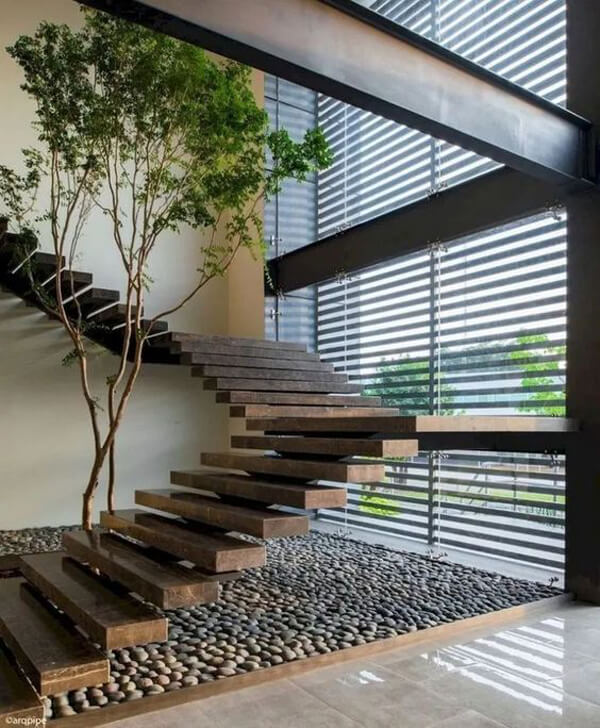
Use of space: Use window sills, shelves, hanging planters and vertical gardening techniques to maximize space. You can also consider plant stands or dedicated plant shelves.
Containers: Choose appropriate containers with drainage to prevent overwatering. There is a wide range of stylish and functional flower pots to match the aesthetics of your home.
Soil and Watering: Use well-draining potting soil and be careful not to overwater your plants. Different plants have different water needs, so it is important to research and understand the needs of each species.
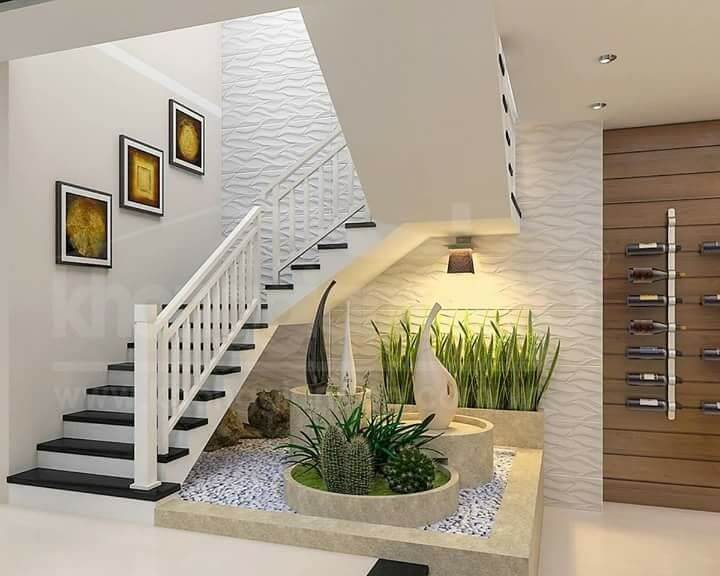
Humidity: Indoor spaces can be dry, especially in heated or air-conditioned homes. Some plants benefit from higher humidity, so you may need to mist them or use a humidifier.
Maintenance: Regular care is essential. This includes watering, pruning, repotting if necessary, and monitoring for pests or diseases.
Aesthetics: Design your indoor garden to complement the interior design of your home. Choose plants and containers that enhance the overall ambience.
Do your research: Research the specific needs of the plants you choose and learn the techniques of indoor gardening. There are many resources, online communities, and gardening books that can provide guidance.
Although there are challenges to overcome, city dwellers have successfully created beautiful and thriving indoor gardens. It may take some experimentation and adjustment, but with dedication and care, you can enjoy the benefits of greenery even in a city apartment.
 careyfashion.com Carey Fashion
careyfashion.com Carey Fashion
